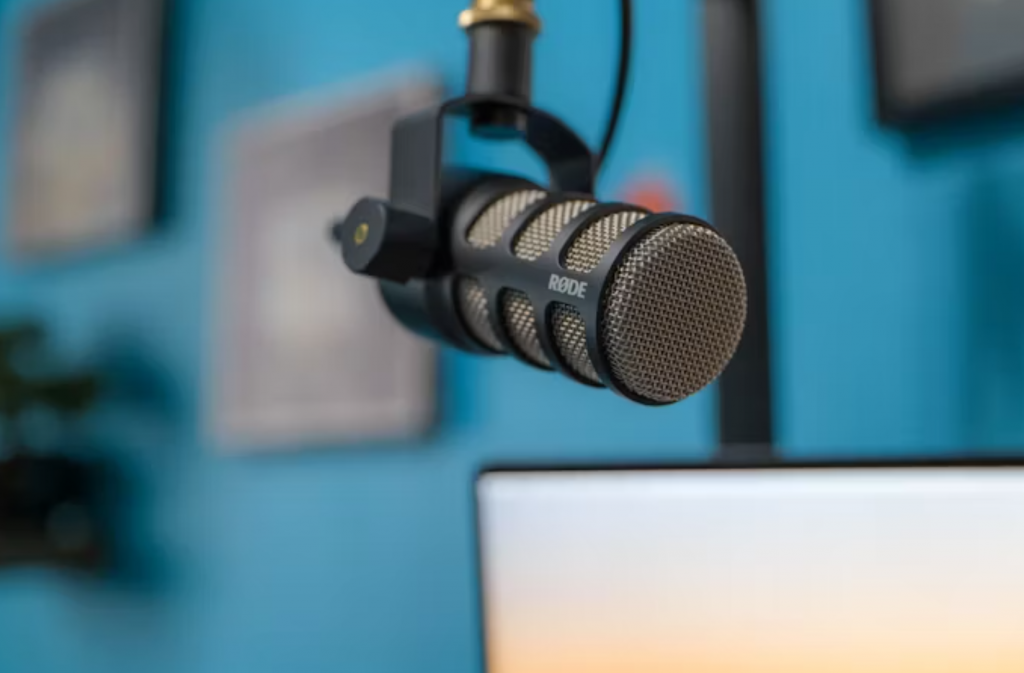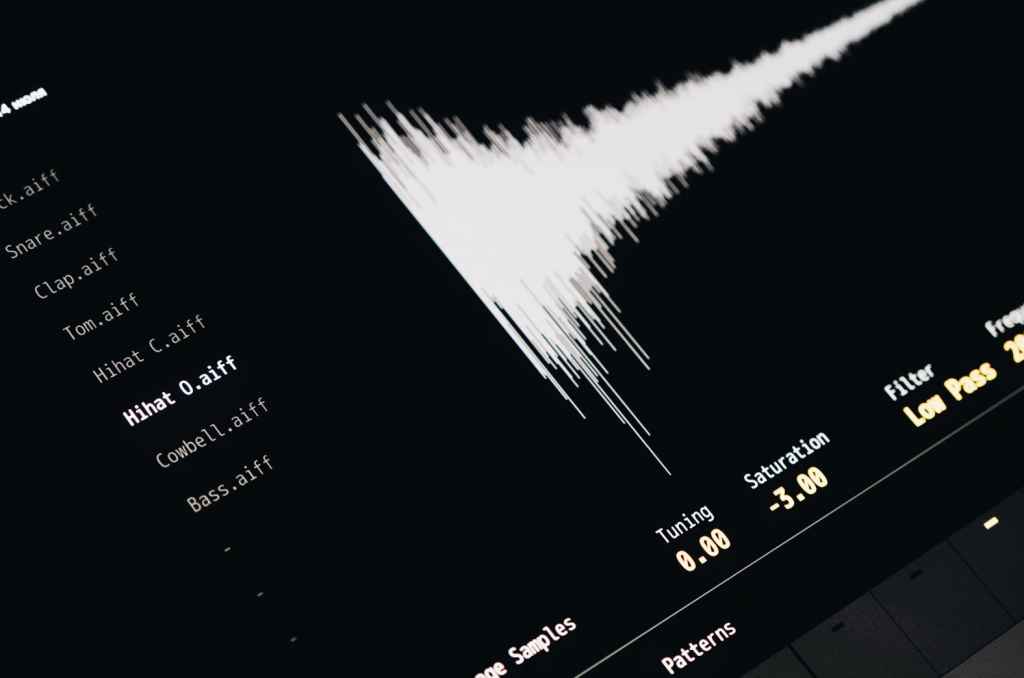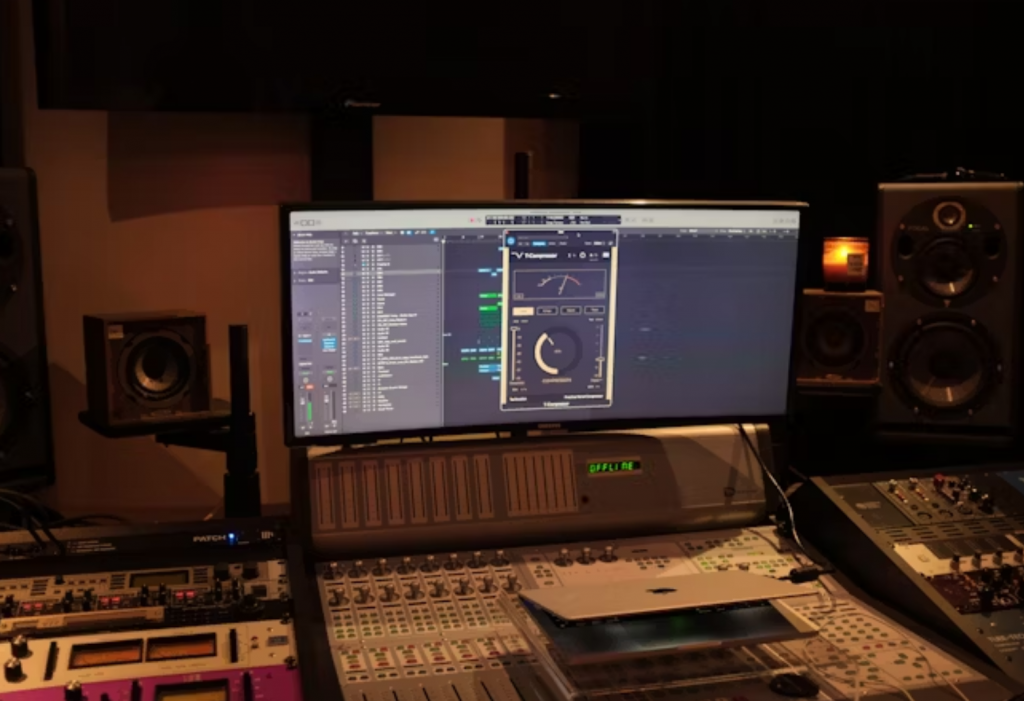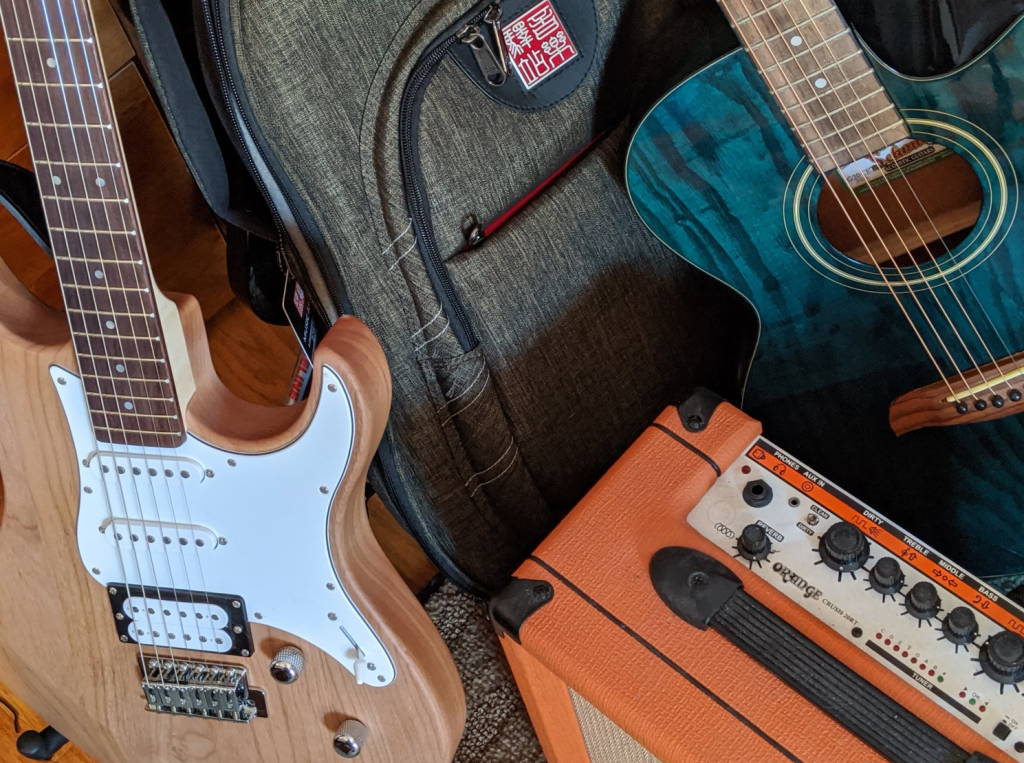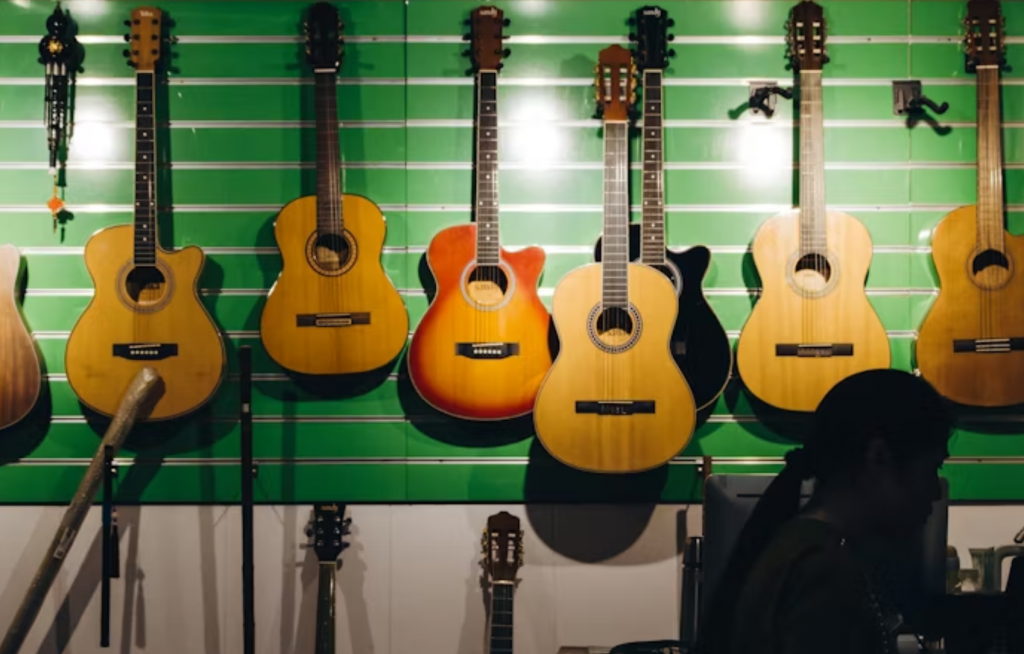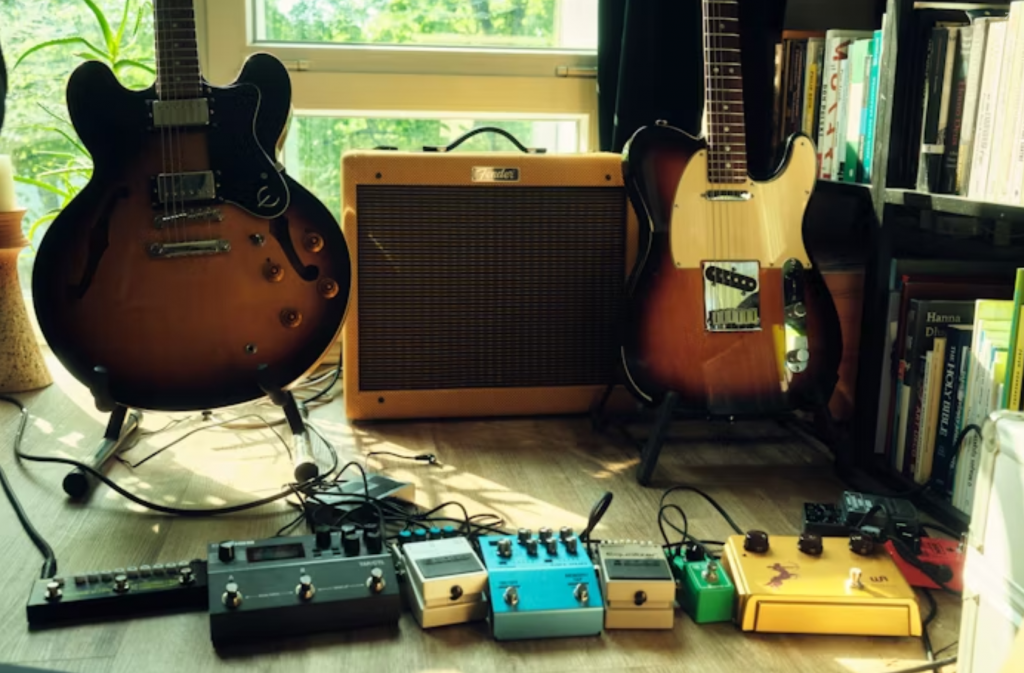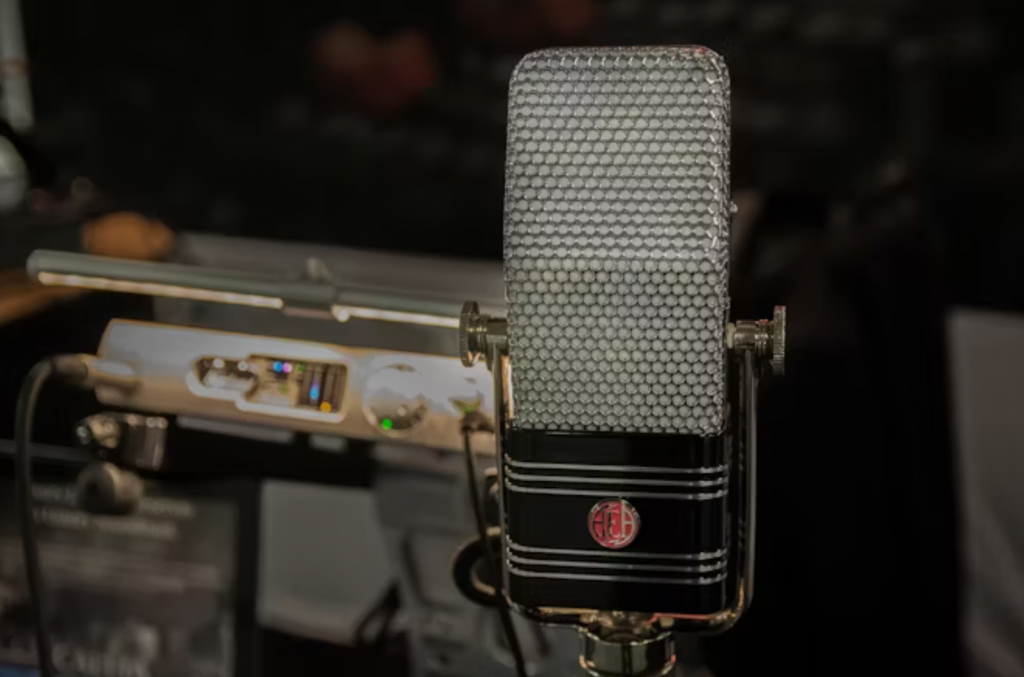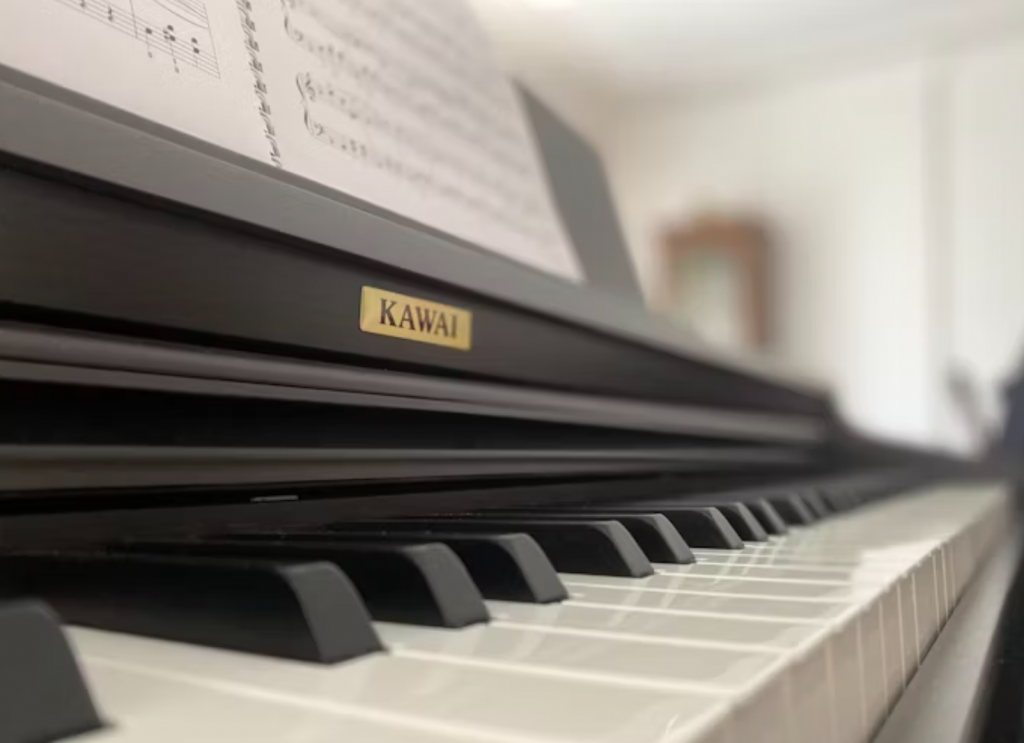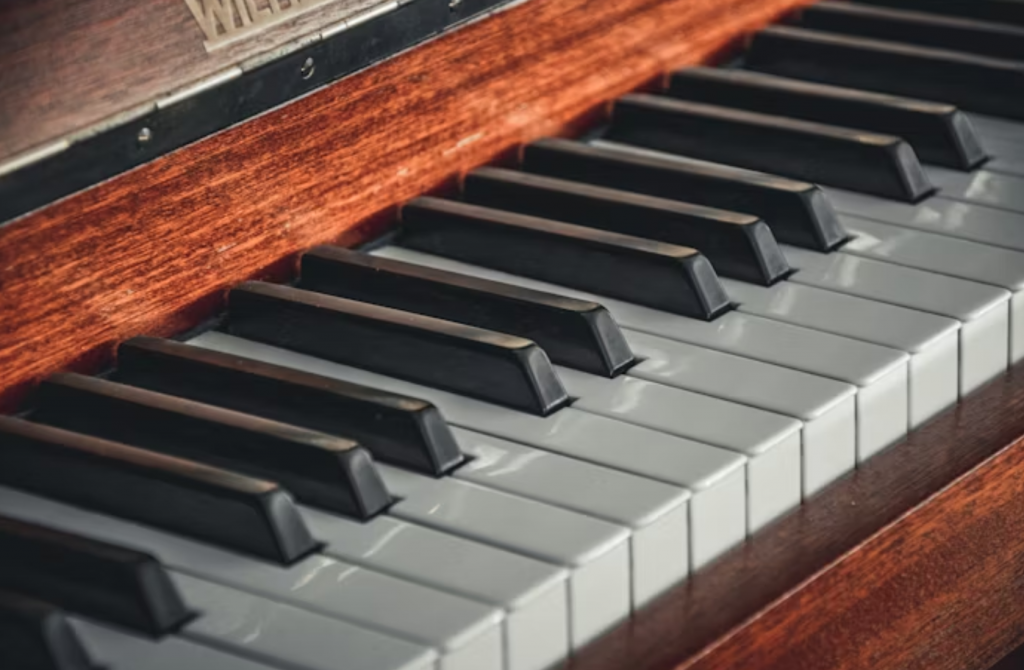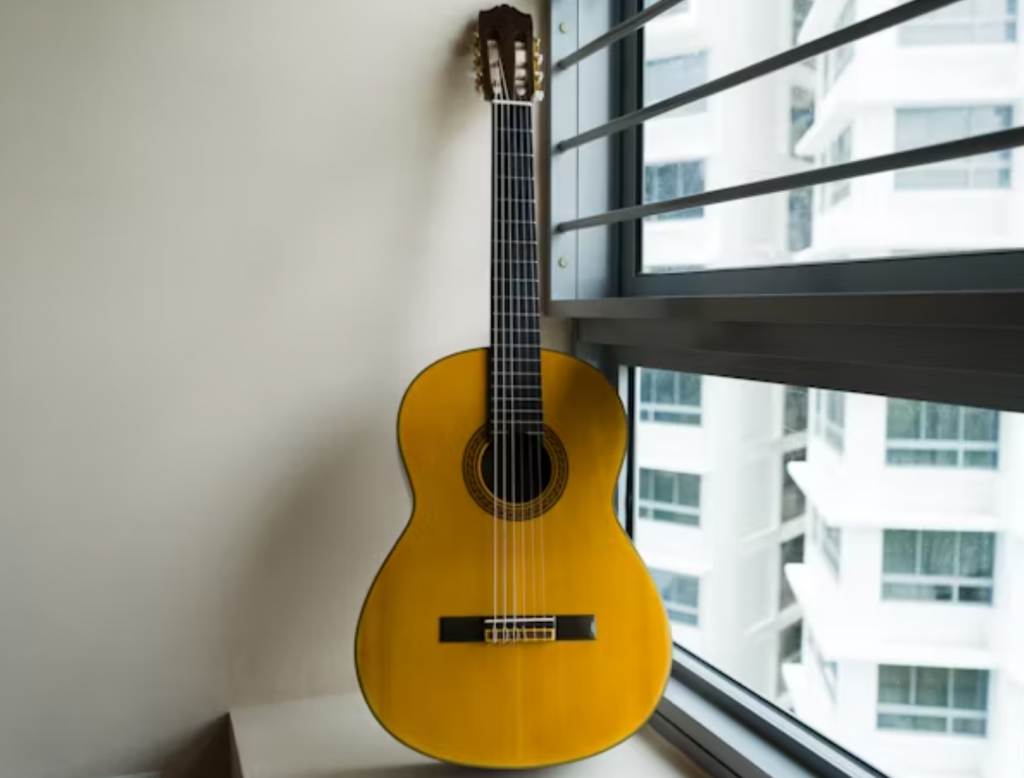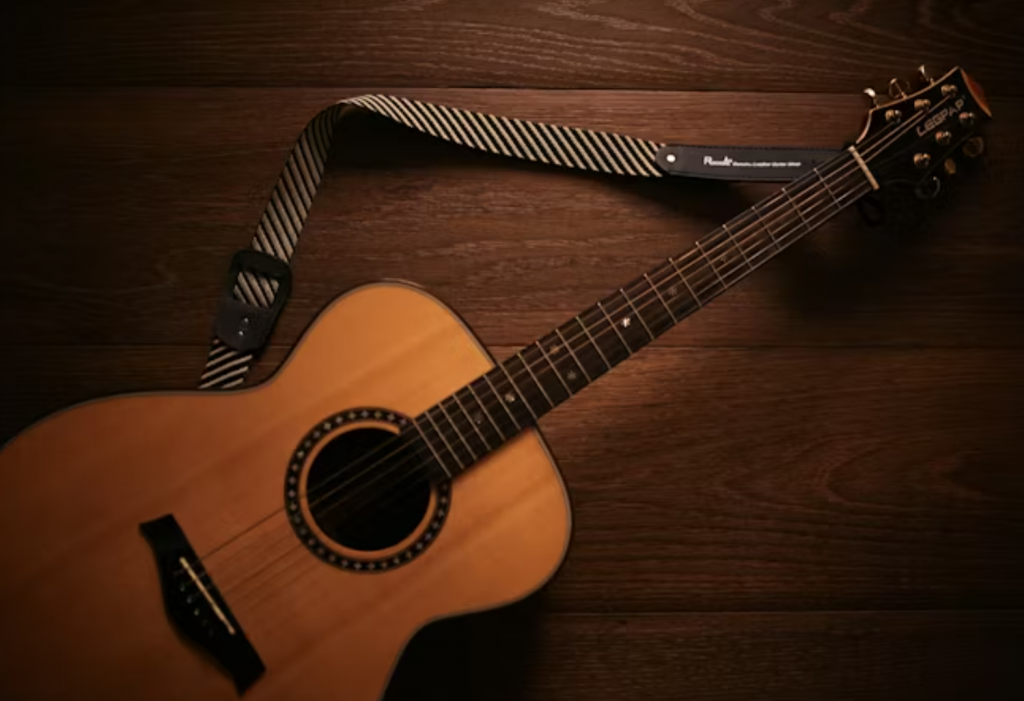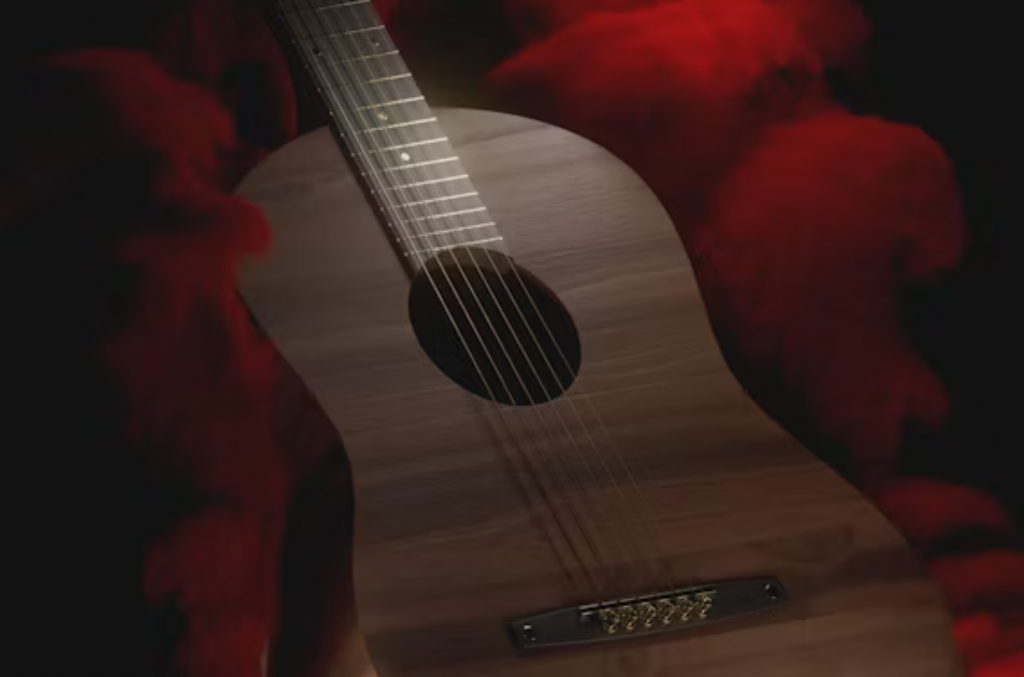Introduction
When it comes to studio microphones, few names evoke as much respect and admiration as the Neumann U87 and AKG C414. Both mics have earned legendary status in the world of audio recording, revered by producers, engineers, and artists alike. But when it comes to choosing between them, which one is truly right for your needs? This article will compare these two giants in detail, covering their features, sound quality, versatility, and overall value to help you make an informed decision.
The Role of Microphones in a Studio
A microphone is not just a tool—it’s the gateway through which sound enters your recording system. Whether you’re recording vocals, instruments, or podcasts, the right microphone can make or break your project. Choosing between the Neumann U87 and the AKG C414 isn’t just about personal preference; it’s about selecting a microphone that suits your recording environment and the sound you want to capture.
Neumann U87 Overview
What Makes the Neumann U87 a Studio Legend
The Neumann U87 is considered the gold standard in professional studio microphones. It has been a staple in music and broadcasting studios worldwide since its release in the 1960s. Known for its detailed and warm sound, the U87 is widely regarded as the “go-to” mic for vocals, orchestral recordings, and even voiceovers.
Key Features of the Neumann U87
- Polar Patterns: Cardioid, omnidirectional, and figure-8—offering great flexibility in different recording environments.
- Frequency Response: The U87 offers a rich, extended frequency range (20Hz to 20kHz), making it ideal for capturing both low and high-frequency sounds with precision.
- Built-in High-Pass Filter: This feature helps reduce unwanted low-end rumble, which is especially useful when recording in less-than-ideal environments.
- Shock Mount: The U87 comes with a shock mount that minimizes vibrations and handling noise.
Pros and Cons of Neumann U87
Pros:
- Legendary sound quality with a smooth, natural response.
- Ideal for a wide range of applications, including vocals, piano, and orchestral instruments.
- Excellent off-axis rejection (great for isolating the sound source).
Cons:
- Expensive, often priced in the $3,000+ range.
- Some users might find it overly sensitive in noisy environments.
AKG C414 Overview
What Sets the AKG C414 Apart in the World of Studio Mics
The AKG C414 is another iconic microphone that has been a mainstay in studios for decades. It is known for its clarity, versatility, and ability to handle high sound pressure levels (SPL). The C414 has been used in everything from classical music recording to modern rock and pop. With multiple polar patterns and a reputation for reliability, the C414 is one of the most versatile mics available.
Key Features of the AKG C414
- Polar Patterns: Seven different patterns, including cardioid, omnidirectional, and figure-8, giving it incredible flexibility.
- Frequency Response: The C414 has a wide frequency response (20Hz to 20kHz), providing clear and natural sound reproduction.
- Low-Cut Filter: This feature helps reduce low-frequency rumble and wind noise, ideal for live environments.
- Multiple Sensitivity Settings: The C414 offers multiple sensitivity settings, which is especially useful when recording loud instruments or sources.
Pros and Cons of AKG C414
Pros:
- Exceptional versatility with multiple polar patterns and sensitivity settings.
- Detailed, clean sound that suits a wide range of applications.
- More affordable than the U87 (typically priced around $1,000-$1,500).
Cons:
- Can sound a bit too clinical or sterile for some users.
- Slightly more complex to operate due to multiple settings.

Sound Quality Comparison
Neumann U87 Sound Characteristics
The U87 is renowned for its smooth, warm sound with a slight presence boost that makes vocals shine. Its frequency response is balanced, with a gentle rise around the 5kHz mark, which helps bring out clarity in vocal recordings. The microphone’s broad frequency range allows it to capture the full depth of a sound source, from the lowest rumble to the highest harmonics. Its cardioid pattern excels at rejecting off-axis noise, making it a favorite for controlled studio environments.
AKG C414 Sound Characteristics
The C414 is often praised for its clarity and transparency. Its detailed and clean sound makes it an excellent choice for capturing intricate instruments like acoustic guitars and pianos. While it doesn’t have the same warmth as the U87, its response is incredibly accurate, offering a more neutral sound profile. Its multiple polar patterns allow you to tailor the sound capture to the environment, making it a versatile choice for varied recording setups.
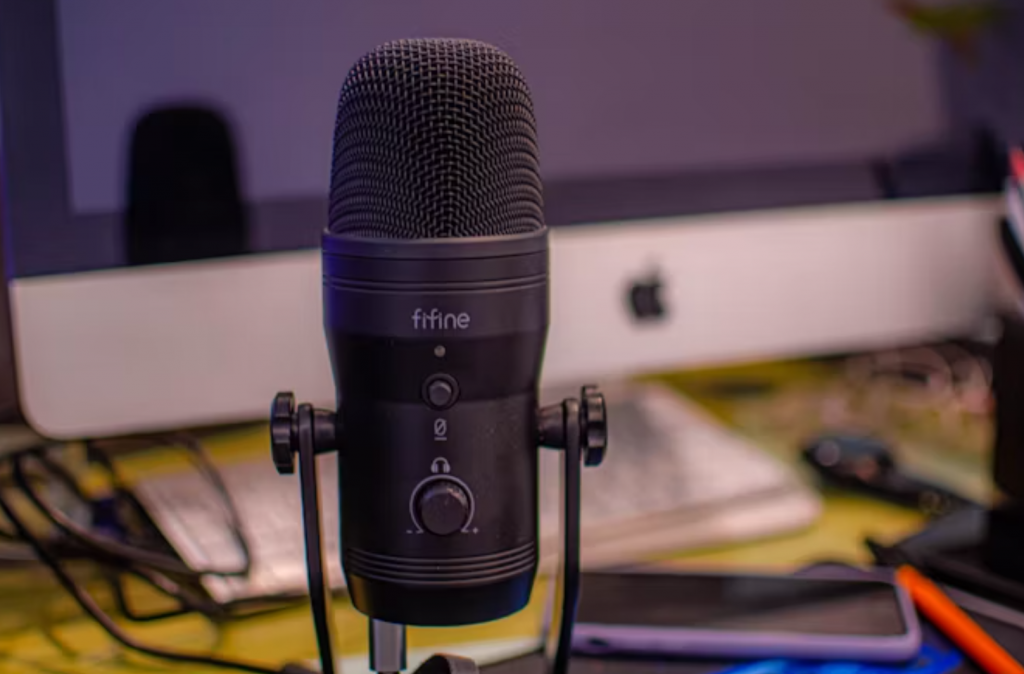
Build Quality and Durability
Neumann U87 Build Quality
The U87 is built like a tank. Its robust metal construction is designed for long-term use in professional studios. However, it is also relatively delicate and requires careful handling. The internal components are finely tuned, so the U87 does need to be handled with care to preserve its integrity.
AKG C414 Build Quality
The C414 is similarly durable, featuring a solid metal body designed for the rigors of studio use. It is a bit more lightweight than the U87 but still very sturdy. The mic’s versatility in different recording environments is complemented by its reliable build quality, making it a favorite in both studio and live settings.
Versatility and Use Cases
Neumann U87 in Action
The U87 excels in studio settings where high-quality, controlled sound capture is critical. It’s a great choice for vocals, strings, brass, and even drum overheads. Its rich, smooth response makes it perfect for capturing nuanced sounds in a variety of genres, from classical to modern pop.
AKG C414 in Action
The C414 is a versatile mic that can handle a wide range of recording situations. Its multiple polar patterns make it ideal for everything from capturing room ambiance to isolating individual instruments. It’s a great mic for overheads, piano, string instruments, and voiceovers.
Price and Value
Neumann U87 Price Analysis
The U87 comes at a premium price, usually over $3,000. While its price may be prohibitive for some, its reputation and sound quality make it a long-term investment for serious professionals.
AKG C414 Price Analysis
The C414 is considerably more affordable, typically priced around $1,000-$1,500. For those looking for versatility without breaking the bank, the C414 offers excellent value for money.
Conclusion
When comparing the Neumann U87 and AKG C414, it ultimately comes down to what you need in your studio. If you’re after a smooth, warm sound with a reputation for excellence, the U87 is a no-brainer, albeit at a higher price. However, if versatility and value are your priorities, the C414 offers a broad range of capabilities at a more accessible price point. Both microphones are exceptional in their own right, so your decision should be based on your specific recording needs and budget.
Frequently Asked Questions (FAQs)
- Which mic is better for vocals, the U87 or C414?
- The U87 is widely regarded as one of the best mics for vocals due to its warm and natural sound, while the C414 offers a more transparent, neutral sound.
- Is the U87 worth the high price tag?
- For professionals who require top-tier sound quality and can afford it, the U87 is a great investment. It’s durable and delivers exceptional performance.
- Can the C414 handle loud sound sources?
- Yes, the C414 has a high SPL handling capacity, making it ideal for loud sources like guitar amplifiers and drums.
- Which mic is more versatile?
- The C414 is more versatile, with seven polar patterns and multiple sensitivity settings, allowing it to adapt to various recording environments.
- Which microphone lasts longer?
- Both microphones are built to last, but the U87’s slightly more delicate design means the C414 might be a more robust choice in a variety of settings.
